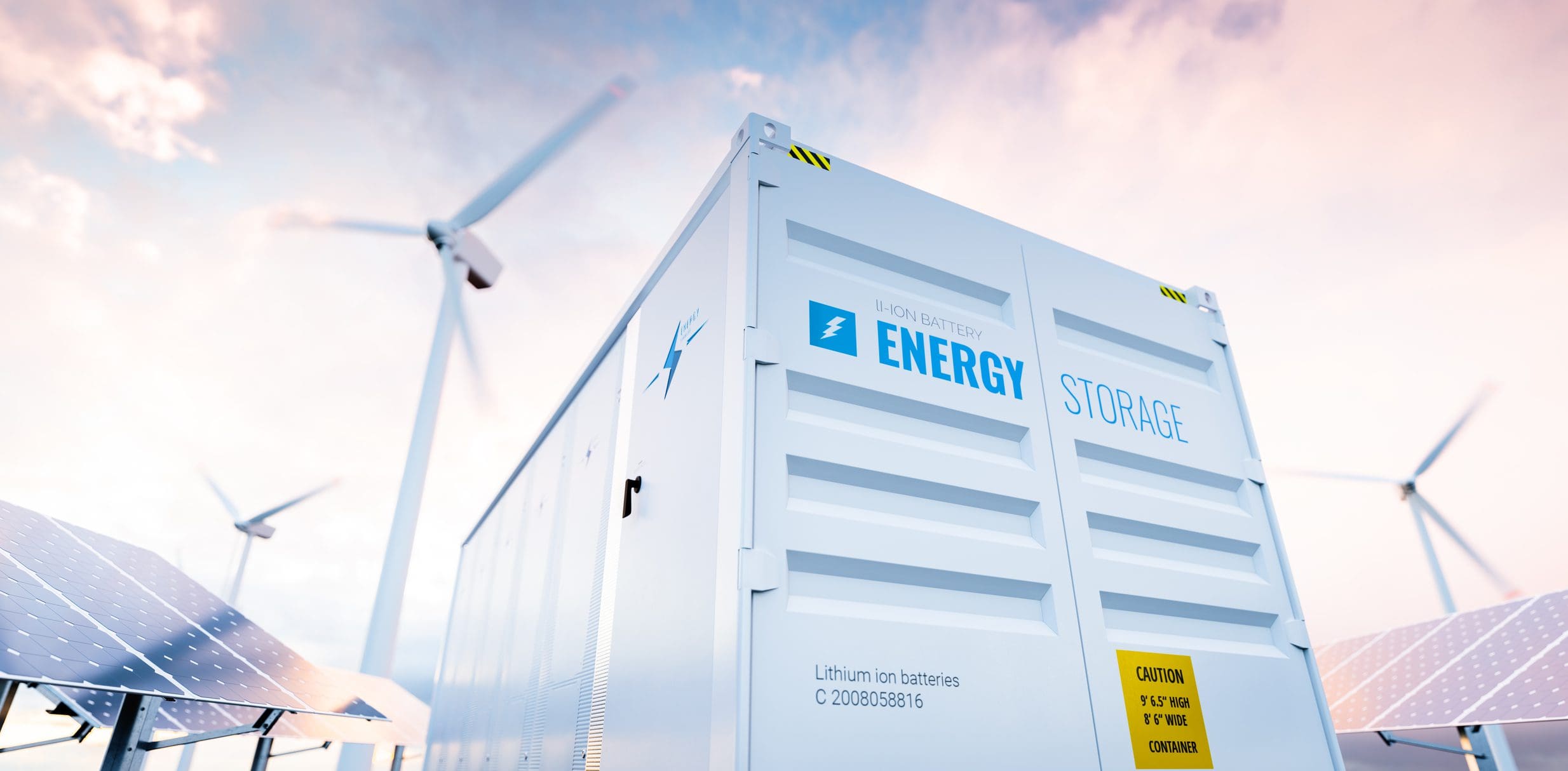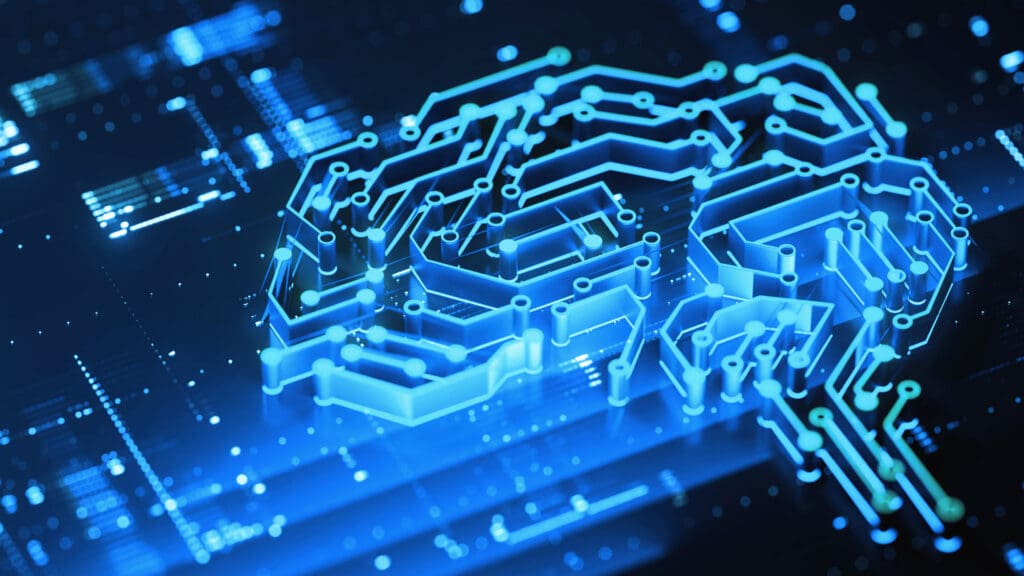Looking forward to 2023, we can see that sustainability, in all industries, but especially within the utilities and energy sector, is becoming a key focus for many companies, organizations, and government agencies.
Recent studies have found that as much as 80% of the world’s top companies now report on sustainability and that sustainable investments have grown to represent more than one third of all global assets. Recent studies show that sustainability is now a factor that drives consumers’ buying decisions. Research conducted by IBM revealed that nearly six in ten customers surveyed were willing to change their shopping habits to decrease environmental impact and almost eight in ten indicated that sustainability was important to them.
Over the past few years, the industry has seen an emergence of new technologies and methods of operation being introduced into all parts of the energy system—production, transmission, distribution, storage, and maintenance. The goal of each new innovation can ultimately be tied back to a mutual, industry-wide desire to decrease reliance on fossil fuels for energy, increase the use of renewable and distributed energy resources (DERs), and boost overall energy efficiency. Together, these actions are designed to create a more sustainable future for the energy industry and even further, the world as a whole.
The three trends IEEE Standards Association (IEEE SA) expects to see in 2023 in the energy sector pertain to the following topics: changing electric infrastructure, the water-energy nexus, and more broadly, energy efficiency.
Changing Electric Infrastructure
For more than 100 years, the dominant electric industry power model was made up of a system of large, centralized power plants, composed of synchronized, spinning generators.
With society yearning for more sustainable energy solutions, utilities, energy production, transmission, and distribution industries are undergoing a pivotal transformation where the electric infrastructure is changing to a more decentralized model. Within this new decentralized infrastructure, we are seeing a variety of adjustments and innovations being made in response to a number of timely factors.
IEEE SA has a long history of developing standards for the design and deployment of essential software and physical hardware infrastructure that make up our global energy systems. As electric infrastructure shifts to embrace grid modernization and sustainability, IEEE SA continues to work alongside industry stakeholders to develop standards that address infrastructure evolution for safe and reliable energy availability to global customers.
Regulatory Changes
Right now, distribution networks are undergoing fundamental changes as the need to accommodate more renewable energy technologies, active consumers, and the electrification of transportation grows. These changes are occurring in tandem with new regulatory requirements across the world that are creating solutions as well as imposing challenges on different areas of the changing energy infrastructure.
Heading into 2023, we are seeing other regulatory changes such as new requirements for the incorporation and transmission of renewable and distributed energy resources. In the Asia and Pacific regions, all 18 countries currently have renewable and distributed energy policies and requirements in place. In the United States, FERC Order 2222 requires regional transmission organizations and independent system operators to proactively plan for giving DERs access to wholesale energy markets.
In the next few years, we will see the infrastructure of the utility industry continue to change as companies invest in and manage aggregations of DERs on their grids, as well as install new physical hardware updates to optimize grid dynamics and comply with regulatory requirements.
Utility Operations and Control
As the energy industry moves towards a more distributed infrastructure, grid resilience challenges are beginning to arise. There is a necessity on the part of the operations and control sector to keep all systems operational, while also undergoing a massive transformation. This transformation is being influenced by the incorporation of more renewable energy sources and thus, inverter-based resources (IBRs) into the system, in addition to other changes like greater demand response, and the adoption of electric vehicles and programmable electric loads. These changes increase the number, type, and complexity of challenges that power system operators face in balancing the system and delivering reliable, affordable power.
The infrastructure of the utility operations and control sector is beginning to experience changes and challenges in terms of the composition of the current workforce. The average age of the US utility worker is over 50 years old, which is several years older than the national average. Likewise, more than one third of utility workers in EU countries are also over 50, and thus are facing a crisis of succession planning. Even further, much of the utility workforce will be ready to retire in the next few years, and there are currently not enough skilled workers to fill this gap. Part of the reason for this global gap in skilled workers is that, unlike other industries, the skills needed for utility workers are highly specific and often take years to master, which sometimes discourages younger generations from pursuing careers in the field.
New Technology
Driven by grid modernization in support of low-carbon, sustainable energy solutions, energy generation, transmission, and distribution technologies are continuously evolving with accelerated urgency. With new renewable and distributed energy resources as well as other smart technologies being incorporated into the energy system, IEEE SA is working on developing standards and initiatives that address these issues.
One such technology that has far-reaching implications for the shifting electric infrastructure is a grid-forming inverter. Due to climate change, power outage events have been increasing across the globe. When there is an outage on the grid, conventional inverters will shut off the power to these energy sources and wait for a signal from the rest of the grid that it is safe to restart the system in a process called “grid-following”.
With wind and solar energy sources accounting for larger amounts of the overall electricity supply, it is becoming illogical to depend on the rest of the grid to combat disturbances. Thus, the growth of alternative energy sources being used to power the grid may increase the demand for the use of grid-forming inverters as they allow solar and other IBRs to manage outages and restart the grid independently.
Due to a variety of global conditions, other new renewable and low-carbon energy technologies are being more regularly incorporated into the energy system. In 2021 and 2022, falling offshore wind prices, among other factors, drove the US offshore wind pipeline to grow 13.5% with over 40,000 megawatts in various stages of development. Last year, Europe installed 17.4 gigawatts of wind power capacity, a record amount and an 18 percent increase from 2020.
The industry is also seeing a resurgence of low-carbon nuclear energy sources being considered for grid incorporation. Around the world, continuously developing climate crises and mounting pressures to find reliable, low-carbon power alternatives have caused governments and global energy organizations to reconsider using nuclear energy technology to power the grid.
Going into 2023, ensuring the safety of nuclear energy options will be critical as well as the need for more rigorous equipment assessment in the building of new plants, maintenance of aging plants, and development of nuclear components around the world. To aid in this effort, the IEEE Nuclear Power Electrical Equipment Certification Program aims to improve nuclear safety worldwide by ensuring that only certified components that meet the most widely accepted qualification requirements are deployed.
Beyond just batteries, the industry is beginning to implement more large-scale energy storage systems that allow the grid to store extra energy from intermittent power sources, like wind and solar power, when demand is low, to then be used later when demand is high. Dammed hydroelectricity, for example, is one of the largest forms of grid energy storage and can store higher quantities of electrical energy than traditional battery storage systems.
Altogether, the industry is seeing growth in these new, alternative energy technologies and DERs with their incorporation becoming a top priority for managing the grid. This growth brings about novel challenges with integration that IEEE SA works to address through solutions such as the IEEE 1547 Education and Credentialing Program.
Integration of System Elements
Right now, IBR investors and especially transmission developers are facing challenges going into 2023 related to the siting and permitting of new IBR technologies. These challenges are due in part to the fact that, as a relatively new technology that is just beginning to see large increases in production and use, there is no comprehensive formal siting and permitting process for integrating inverter-based resources into the power grid. However, this lack of an official process is beginning to hold up IBR related projects and integrations, which could have a negative impact on industry-wide sustainability goals.
Water and Energy Nexus
All energy systems, whether they utilize low-carbon sources (such as wind, solar, or nuclear) or high-carbon sources (such as natural gas, coal, or oil), require some amount of water to produce energy. According to one estimate, electric power production in all forms annually consumes more than three trillion gallons of water globally—some systems consuming more than others.
For example, thermoelectric or thermal power plants that use high-carbon sources consume massive volumes of water. Nearly 195 billion gallons of water are used every day to cool thermal power plant equipment. And further, oil and natural gas power plants together represent 30% of the total water consumed by all energy sources in the United States.
Some low-carbon renewable power sources, like photovoltaic (PV) solar and offshore wind, require little water to produce energy. However, other fuels and technologies such as carbon capture, concentrating solar power (CSP), biofuels, large-scale energy utilization and storage, and nuclear power are relatively water-intensive despite being low-carbon.
With more than 80% of the total energy produced globally coming from fossil fuel powered thermal plants, we are seeing a trend of proposed solutions for diminishing their massive water consumption and altogether shifting away from this kind of energy production.
With water scarcity already having an impact on energy production and reliability; the physical, economic, and environmental viability of future projects may be called into question by water constraints. Further advances in energy sustainability initiatives may be halted if the energy-water nexus is not addressed. In response to this, we are seeing more energy stakeholders and decision makers begin working to improve the water-energy nexus, such as shifting away from fossil fuel powered energy generation processes in favor of low-carbon and low-water alternatives.
Energy Efficiency
In the past decade, we have seen energy efficiency initiatives and technologies being increasingly implemented across the globe. Anywhere that energy is used, there is an opportunity to improve efficiency, whether it is buildings, transportation, or energy generation.
LEED Certifications
Moving forward into 2023, the energy industry is seeing more businesses and organizations pursuing LEED certifications for their offices, plants, and other dedicated facilities in order to achieve energy efficiency goals. Though LEED certification originated in the United States, the designation is utilized globally, with China leading the number of LEED-certified projects in 2021.
Beyond just the recognition that LEED-certified buildings receive, companies that invest in these certifications also reap the economic, health, and environmental benefits of energy-efficient spaces. LEED-certified buildings conserved $1.2B in energy savings, $149.5M in water savings, $715.3M in maintenance savings, and $54.2 million in waste savings in just a three-year period.
LEED-certified buildings also bring immense environmental benefits that help companies reach their sustainability goals. LEED buildings contributed 50% fewer greenhouse gasses (GHGs) than conventionally constructed buildings and many state regulators will fund energy efficiency projects such as these with the goal of reducing energy demand. Further, LEED buildings reduce energy use and carbon emissions, conserve water, reduce waste, and result in fewer cars and fewer miles driven in addition to a variety of other positive sustainable outcomes.
Learning from Data Centers about Energy Efficiency
In terms of energy efficiency, data centers have risen to the forefront of utilizing energy-efficient innovations and technologies in response to a longstanding reputation of being “energy hogs.” The complex information technology (IT) devices that data centers use to provide their services are all powered by electricity. Most of the electricity used by these devices is ultimately converted to heat, which then has to be removed from the facility by cooling equipment that also runs on electricity. Currently, experts have estimated that data centers use about 1% of global electricity, which is a substantial amount for any one entity to use.
Surprisingly, a recent study found that efficiency improvements across the globe’s data centers have kept energy usage almost flat, even as the amount of computing done in data centers has grown by about 550%. These efficiency gains outpaced anything seen in other major economic sectors. Thus, despite data centers requiring large amounts of energy, they can keep energy levels steady through energy efficiency technologies. Most of the efficiency innovations that data centers utilize fall underneath IT, power infrastructure, airflow management, or HVAC and can easily be replicated in other industries and business verticals. In the next year and beyond, we will see more companies following the lead of the data center industry and implementing similar innovations in order to further their own energy efficiency standings.
The global shift towards sustainability and the desire for more energy efficiency has informed IEEE SA’s work in this area. IEEE SA works alongside energy industry stakeholders to develop standards and solutions for improving energy efficiency in multiple areas.
Get Engaged with IEEE SA
As we ring in a new year, we can expect to see continued advancement of efforts and technology evolutions leading towards our efforts to increase energy efficiency, reduce water consumption, and create a more sustainable future for the energy industry.
Learn More About IEEE SA’s Work in Energy and Sustainability
Author: Mark Siira, Chair, IEEE Standards Coordinating Committee 21 (SCC21)









